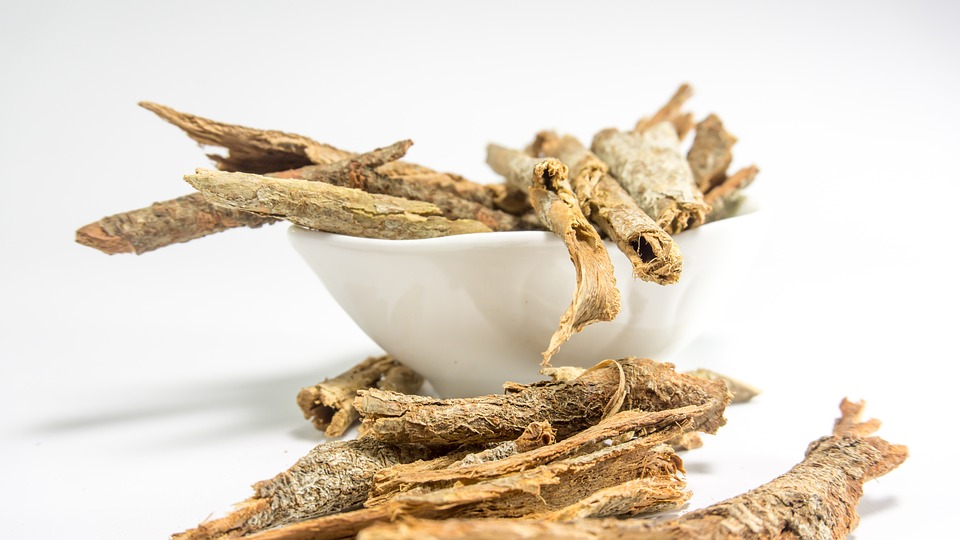Last month’s Health Tip was about amaranth; this month’s topic is another highly nutritious ancient grain called quinoa (pronounced KEEN-wa). Like amaranth, quinoa is not a cereal grain; it is the seed of a plant that belongs to the same family as spinach, beets, and chard. Quinoa seeds, like amaranth seeds, are used as an alternative to grains.
Quinoa was once a major staple food throughout the Andes region. The Incas regarded it as sacred and referred to it as “the mother seed” or “the mother grain.” This hardy plant grows in a wide variety of harsh conditions. It thrives in dry, sandy soil at high altitudes and can withstand frost, drought, and intense solar radiation. There are thousands of varieties of quinoa.
Quinoa seeds are flat and about the size of sesame seeds. They come in different colors, but in North America they are usually off-white to pale yellow. A large germ, or embryo, surrounds each seed. During cooking, the germ unfolds and resembles a curl or spiral. Quinoa has a sweet, nutty flavour and its texture is both crunchy (from the germ) and soft. It can be cooked like a cereal, added to soups and stews, or ground into flour. Both the seed and the flour can be found in most health food stores.
Quinoa contains more protein (up to 20 percent) than most grains and is closer to the “ideal” complete protein than any other grain. Like amaranth, it is rich in lysine and methionine, two essential amino acids that are not typically found in grains. As a result, quinoa can be combined with other grains, nuts, seeds, and legumes to create a complete protein.
This highly nutritious food also contains magnesium, iron, potassium, zinc, phosphorous, some B vitamins, vitamin E, and calcium. Quinoa is usually suitable for those who have allergies to grains and it has low gluten content.
Quinoa seeds are covered with a protective coating of saponin, a bitter-tasting, soapy substance that acts as a natural pesticide. The seeds must be washed thoroughly before cooking to remove the saponin. To wash quinoa, put it in a large bowl full of cold water. Rub it gently between your hands and then drain it in a fine sieve. Repeat this process once or twice, until the water no longer appears soapy.
Quinoa does not take long to make; it cooks faster than most grains. To cook, add one cup of well-washed quinoa to two cups of boiling water and a pinch of sea salt. Cover, reduce the heat to low and cook for 12 to 15 minutes until the water is absorbed and the grain is soft and crunchy. Let stand for three to five minutes, then fluff with a fork before serving.



